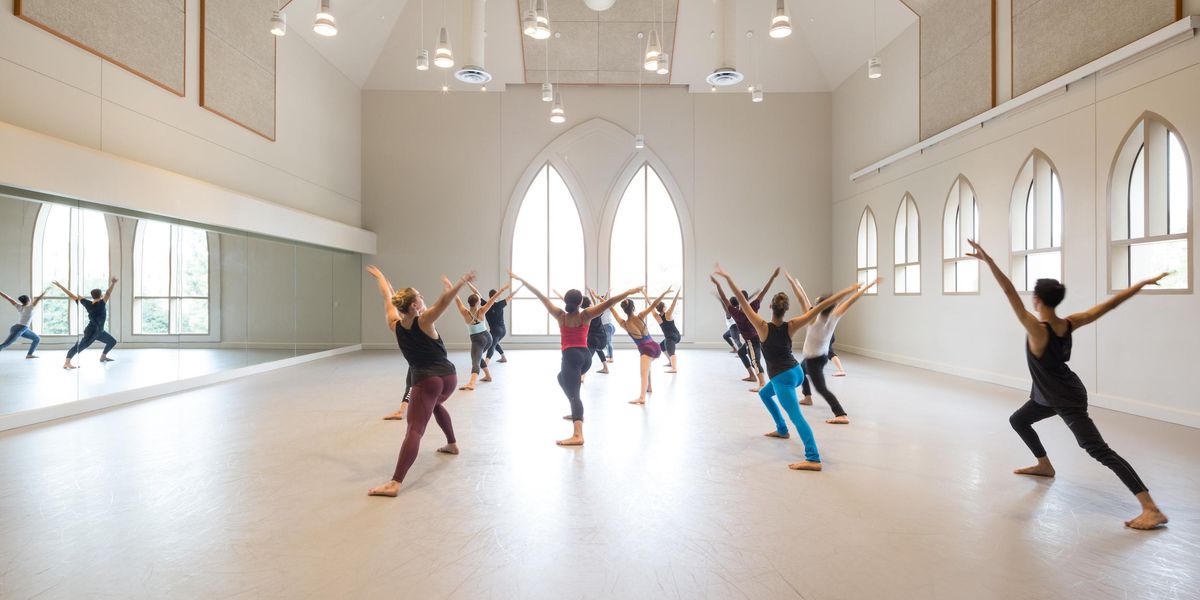What a Russian Dancer Really Thinks About Performing in the U.S.
Backstage at Pippin
Growing up in Moscow, the American dance world was my American dream. I was a competitive ballroom-turned-jazz dancer, and I wanted nothing more than to perform jazz dance at its place of origin: the United States. But in Russia, we had certain stereotypes and misconceptions about the way the dance world works in the U.S. Since moving here and joining cast of the national tour of Pippin, I’ve realized the reality of dancing here doesn’t always match up with my expectations.
Expectation
: The American dance community is super competitive and hardcore.
Reality
: Coming from a world of Russian discipline, I was surprised to find out how joyful American dancers, choreographers and teachers are about what they do. I think that it is part of the American mentality—trying to find the positive side in everything. I think “have fun” and “enjoy every moment” are the most common things I hear dancers say to each other before a performance. To my mind, it’s a beautiful way of thinking. Not to say I didn’t feel joy while dancing before, but now I am more aware of it.
Khoruzhina (center) in Pippin, photo courtesy Khoruzhina
Expectation
: I’d have to be less “Russian” onstage.
Reality
: My accent and attitude are an advantage. (Americans love accents!) Here in the U.S., several choreographers have told me, “Just be Russian,” by which they mean they want me to be proud and confident. Referring to my cultural background actually helps me build a strong stage presence. I like to make fun of some stereotypes about Russians. For example, that we are so strong and mysterious—which, yes, to a certain extent is true. But what could be more helpful to feel while performing?
Expectation
: I would be expected to have a strong ballet technique.
Reality
: This one was true! Because of the reputation of Russian ballet, all Russian dancers are expected to be proficient in the technique. That is not about me at all. I didn’t start ballet training until I was 20. My strong suit is jazz dance. (When I first tried Luigi technique, it was so smooth and joyous, I actually felt “at home”—like I’d been dancing it my whole life.) Russia is not just about ballet; we have very strong schools for modern and contemporary dance, and also ballroom dance.
Expectation
: It’s hard for newcomers to get established as a choreographer here.
Reality
: I was surprised that many big dance festivals were happy to present my work even though they’d never heard of me. Searching for a job in the U.S. is very rewarding—I feel like Americans don’t have any prejudice and judge only your abilities. If anything, my nationality is an advantage.
Onstage in Pippin, photo courtesy Khoruzhina
Expectation
: All Americans care about is “So You Think You Can Dance.”
Reality
: To my surprise, American dance masters are as connected to the history and traditions of their craft as Russians are. I was lucky to study at the musical theater dance program at Jacob’s Pillow. The archives there are full of recordings of the masterpieces of the past. Everything there was so connected to the roots of American dance that I almost felt Ted Shawn and Jack Cole dancing alongside me.
Expectation
: The audition process in the U.S. is intense.
Reality
: Well, it is pretty stressful! Here, the level of competition is so much higher. And your brain has to work faster to learn the combo. Often, my being the only Russian in the room has helped me to stay away from the “holding room gossip” so I could focus on my strengths and feel a little bit separated but at the same time very engaged.




